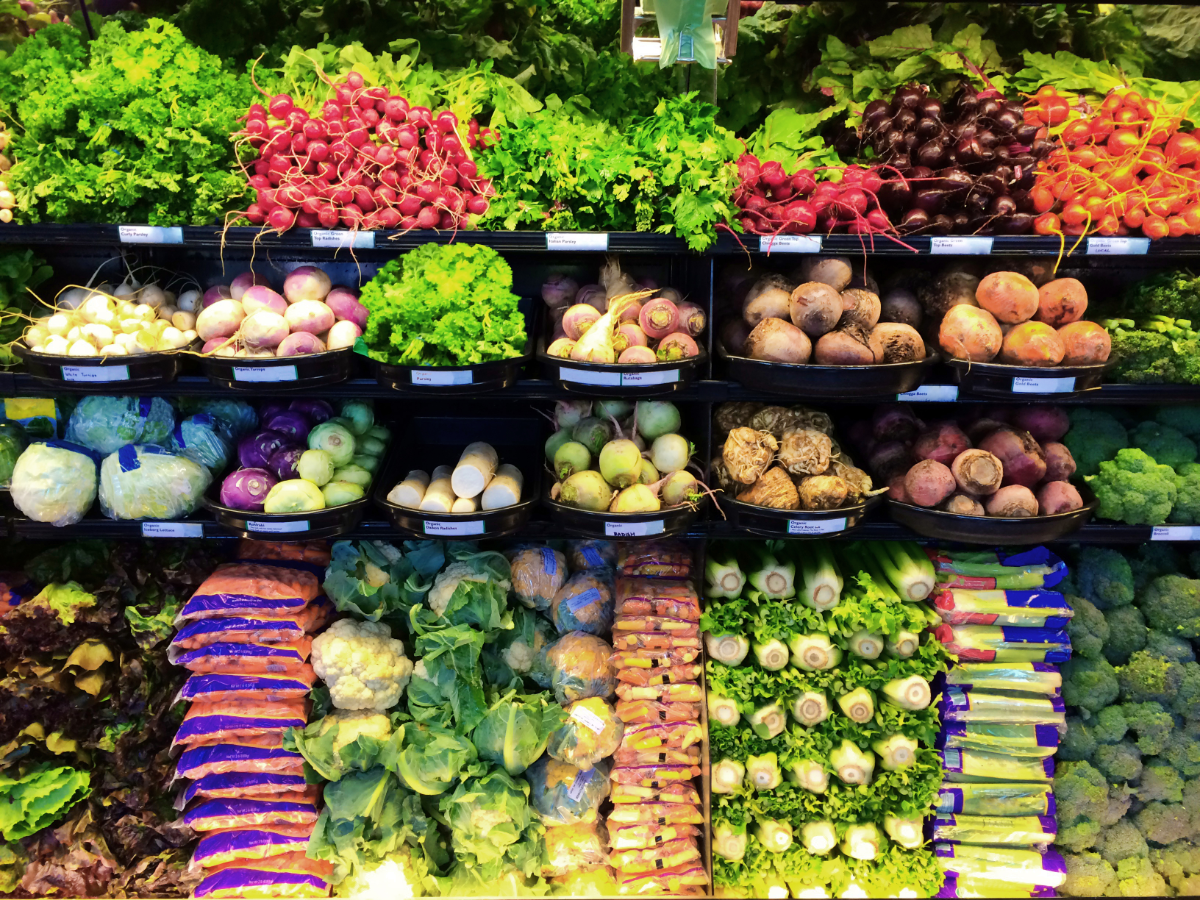The Most Popular Vegetables Sold In The United States

Americans are able to enjoy a large selection of food choices thanks to the thriving agriculture industry present in the United States. Despite its scale and success, however, it faces a myriad of challenges.
Regardless, consumers over the years have shown increased interest in eating cleaner, with certain vegetables being preferred over others.
This blog post will go over how the produce industry is faring, as well as the most popular vegetables sold and bought by consumers.
The state of the produce industry in the United States
Many report that the produce industry alone has a market value of over $96 billion. In recent years, however, supply chain businesses have had to deal with problems that have made everyday operations difficult. Here are just a few examples.
Supply chain disruptions from the Ukraine-Russian conflict
One significant source of issues stems from the Ukraine-Russian conflict. Ukraine exports a large amount of produce to the United States, being the fourth biggest exporter of corn and wheat in the world—two products that are integral to the American household.
The war has resulted in significant supply chain disruptions.
Extreme weather conditions
Extreme weather conditions and droughts have impacted the ability to grow produce and properly trade products with other countries, and Americans have suffered from inflation as a result.
For example, heavy rains in California caused an 18% price increase in frozen vegetables due to the need for prolonged cold storage. A silver lining, however, is that products like bell peppers, broccoli, and tomatoes have seen their highest production levels.
Technological innovations and alternative methods of production have cropped up to compensate for shortages, higher prices, and decreased purchasing power.
For instance, genetically modified organisms (GMOs) have seen a spike in production to meet supply and demand. Vegetables like corn, soybeans, garlic, asparagus, and more are increasingly produced using GMO seeds.
The top vegetables in the United States
Here are the most popular vegetables sold in America.
Potatoes
A staple of the American diet, potatoes are used by consumers in many cooking dishes. Popular potato varieties include the Fingerling, Purple, Red, Yellow, Russet, White, Petite, and Sweet potato—each with their own nutritional values and uses.
The United States Department of Agriculture (USDA) states that Idaho is the country’s leading producer of potatoes.
Onions
Onions are favored by consumers due to their many health benefits, and they make a great base for various dishes. It’s no wonder why they’re the fifth most produced vegetable in the country, with over 7 billion pounds of onions consumed each year.
Tomatoes
While tomatoes are technically a fruit (botanically and scientifically), they’re often considered a vegetable by the general public. They’re one of the top consumed produce products in the country.
Tomatoes are zero fat and offer a variety of health benefits, helping to potentially reduce blood pressure.
Lettuce
Out of all the lettuce varieties, iceberg lettuce is by far the most consumed due to its pleasant, crunchy texture, which goes well in salads or burgers.
The 2022 shortage resulted in a price spike of $11 per head. Lettuce as a commodity is also at a higher risk of contamination compared to other vegetables, which has resulted in numerous recall cases over the last few years that have cost businesses (and consumers).
Regardless, it remains popular. It offers various health benefits and is fat-free, cholesterol-free, and low in sodium and calories.
Carrots
Fresh, canned, and frozen carrots have seen consistent popularity over the past decade.
While the belief that carrots improve eyesight is a myth, they do have other health benefits, such as balancing blood sugar while being highly nutritious.
California grows 85% of carrots from the United States.
Pepper
Consumers use bell pepper in a variety of recipes as a flavourful addition or base. While popular, 2023 saw a decrease in availability due to poor weather conditions. Regardless, demand has persisted.
Cucumbers
In the United States, cucumbers are grown in open fields, but the bulk of this commodity is actually imported from Mexico.
For consumers, a cucumber makes a great snack or side dish because of its low-calorie, crunchy profile.
Celery
Celery is best known for being a negative-calorie food. It can reduce high blood pressure and lower the chances of heart disease.
It’s a difficult product to grow locally due to the need for cold temperatures, consistent watering requirements, and its long growing season.
Broccoli
Broccoli makes a great addition to meals. As a result, it’s seen an increase in production in the last few years.
It’s low in fat and sodium, a great source of fiber, and high in vitamin C.
Mushrooms
There are hundreds of varieties of mushrooms available for consumers. The most popular variety is cremini mushrooms, a type known for being fat-free, cholesterol-free, and low in calories.
Need funding to help improve your business? Choose Silo
If you’re looking to break into new markets and invest in new produce products, consider Silo Capital for funding to help you get there.
Silo is a leading supply chain technology and financing company that provides small and medium-sized businesses with cost-effective solutions to help them cut costs and capitalize on growth opportunities.
Silo Capital solutions help businesses invest back into themselves and grow at the pace they want. With Silo Instant Pay, for example, Silo can advance up to 90% of customer invoices within 3 days, so you don’t have to wait the full length of your customers terms in order to get paid. This allows your business to make strategic investments, diversify product lines, secure better supplier relationships, and enter new markets without disrupting your day to day operations.
Silo’s financial offerings are transparent and industry-specific, making it a better alternative to bank loans and factoring companies.
Book a demo to learn more about how Silo can help you diversify your product lines and reach your business goals.
Want to book a demo with us?
Add your info and we’ll get one scheduled with you.